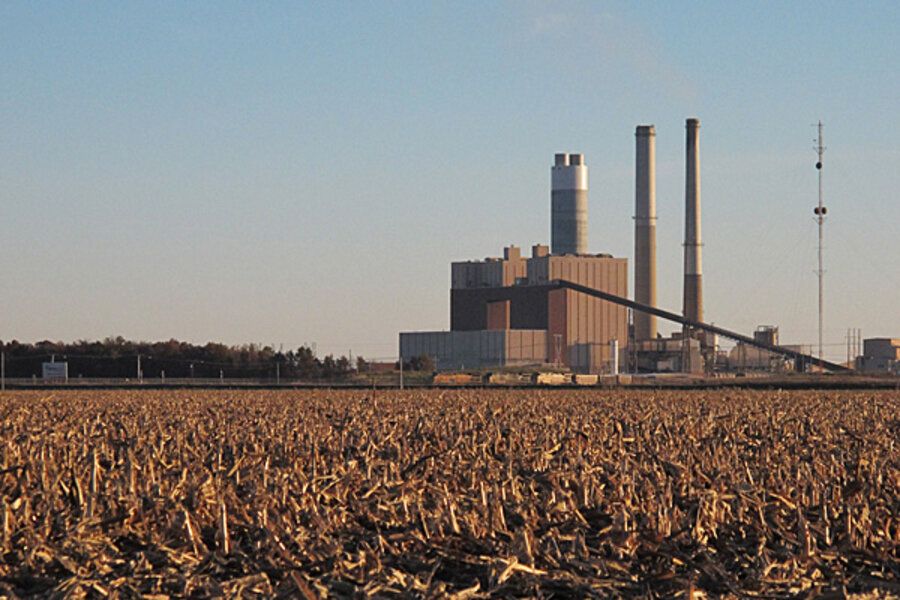Clock is ticking on Midwest coal
Abundant natural gas, cost declines for renewables, and tight regulations from the Environmental Protection Agency (EPA) are slowly killing coal-fired power plants in the U.S. This dynamic is playing out across the country, but the results will be particularly important in the Midwest, which will be ground zero for the fight over the changing electricity mix in the coming years.
The Midwest depends on coal for 60% of its electricity. But that is rapidly changing. The region obtained 80% of its power from coal in the early 2000’s, but natural gas and renewable energy are capturing an increasing share of the market as coal plants shut down. The story is well-known: shale gas is cheaper than coal, and even clean energy is becoming economically competitive in many areas. (Related article: Chinese Coal Use to Hit 4.8 Billion Metric Tons Annually by 2020)
Shale gas is transforming the Midwest. Ohio, in particular, is awash in gas, lacking adequate infrastructure to connect all the wells being drilled. According to the Ohio Oil & Gas Association, only about half of the 334 wells drilled in the state are producing, while the rest await pipeline construction. The state of Ohio predicts that despite all the drilling already underway, the industry will continue to grow rapidly, drilling 1,830 wells by 2015. So much gas makes a switch from coal to gas an easy decision for utilities faced with pending regulations.
Clean energy is also changing the region. The cost of solar modules has declined by 80% since 2008 and wind turbines have dropped by a third over the same timeframe. Although the rate of cost decline is slowing, it is reasonable to assume further reductions are in the offing. Iowa already gets more than 18% of its electricity from wind, ranking second in the country. And on December 5, Minnesota’s Public Utility Commission ordered Xcel Energy, the state’s largest utility, to study the consequences of retiring two large coal-fired power plants near the Twin Cities and replacing the lost units with solar and wind.
These two trends will coincide with some stringent regulations coming out of the EPA over the next 2-3 years – including limits on toxic mercury emissions, caps on greenhouse gas emissions from new power plants, and perhaps most importantly, forthcoming limits on carbon pollution from existing power plants. (Related article: 4 New Reasons To Bet On Coal… And 3 Ways To Do It)
The evolving energy mix in the Midwest may cause transmission constraints. At a hearing before the House Energy and Power Subcommittee, Philip Moeller, a Commissioner at the Federal Energy Regulatory Commission (FERC) cautioned members of Congress that the changes underway could affect grid reliability. In his opening statement he said, “I just want the Committee to be aware of the fact that we’re looking at some, potentially some pretty tight situations in the Midwest…perhaps as early as the summer of 2015, but certainly as soon as the summer of 2016. It’s something that I really think deserves your attention…we're looking at some pretty small reserve margins.”
Critics of clean energy are using this as a basis to stave off the transition from coal to cleaner energy. The American Legislative Exchange Council (ALEC), a right-leaning group, is supporting initiatives that would attempt to undermine environmental laws. At a summit in Washington DC during the first week of December, the group decided to push initiatives in state capitals that would water down EPA regulations, and scrap net metering policies that are designed to incentivize solar. Their attacks may only slow down what seems inevitable – there seems to be no end in sight for the shale gas revolution, and clean energy will only get cheaper and cheaper. Time is running out on Midwestern coal.
Original article: http://oilprice.com/Energy/Coal/Time-Running-Out-for-Midwest-Coal.html





